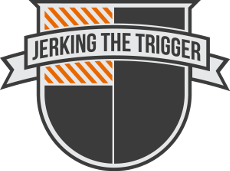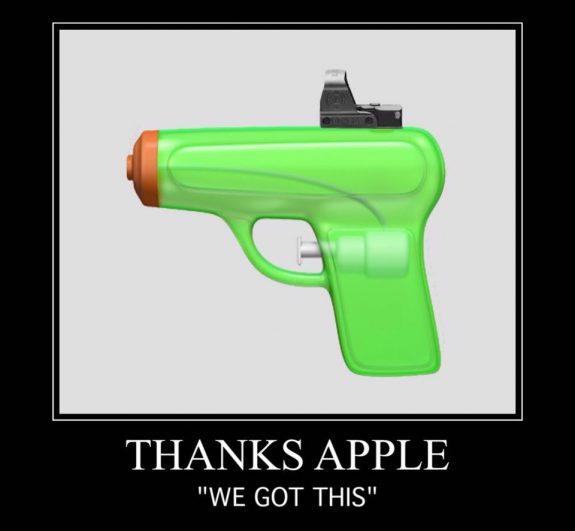The word is out on the Leupold Yosemite binoculars (bins). If you read any forum dedicated to optics you will find people praising these bins for their brightness, clarity, and ergonomics. Their performance is unmatched by bins costing two to three times as much money. So how good can a pair of $80 bins be? In this post, we will take a look at what makes the Leupold Yosemite 6×30 binoculars special and we will learn a little about binoculars along the way.
Porro Prisms
The Yosemites use porro prisms instead of roof prisms. Porro prism bins will generally cost less than roof prism bins. They will also generally outperform low priced roof prism bins. The old rule used to be that you would have to spend three to four times as much on roof prism bins to get equal performance to a good set of porro prism bins. That rule is not quite as true today thanks to the proliferation of quality, low cost imported glass, but it is still true that inexpensive porro prism bins will outperform similarly priced roof prism bins. If you are on a budget, porro prisms will yield the best bang for your buck. Porro prisms will generally offer wide field of view, great depth of field, and a more three dimensional looking image than typical roof prisms.
The biggest drawback of porro prism bins is that they are typically larger because of how they are constructed. Roof prism bins can have straight barrels which means they can be more compact. Porro prism bins have two 90 degree turns incorporated into the construction. This makes the barrels larger. Even with these larger barrels, the Yosemites are still quite compact at only 4.6 inches long and 6.3 inches wide.
Exit Pupil
The Yosemite is also offered with 8x magnification and the same 30mm objectives. These are also quite clear but will be dimmer than the 6x model. This is due to exit pupil. Exit pupil is basically the virtual aperture that is created by your bins. Only light that passes through this aperture can be transmitted to the eye. The human eye is dilated to about 4mm in bright light and opens to 5-9mm in low light situations. The larger the exit pupil of your bins, the more capable they will be in low light. If the exit pupil is too small, the bins will appear dim because they are not transmitting all the light that your eyes can receive.
Exit pupil is calculated by dividing the objective size by the magnification. In this case, 30mm divided by 6 magnification, equals an exit pupil of 5mm. Using the same formula on the 8×30 model we get an exit pupil of 3.75mm. So, as the magnification increases, the objective size must also increase in order to provide the same amount of light. As objective size increases, so does the size of the binocular. The 5mm exit pupil of the 6×30 Yosemite bins mean that they will provide enough light to work very well at dusk and dawn while still being compact.
Magnification
Some of you may be thinking that 6x magnification is not enough. However, most binocular users are surprised to find that they can actually see more detail with lower power bins! Bins with higher magnification not only magnify the object you are viewing, but also the shakiness of your hold. Sometimes you can even see your heart beat. Most users would get more out of their bins if they stuck with 6-8x magnification.
Other Features and Specs
- Rubber Armor for toughness and improved grip
- Available in black, tan, and camo colors
- Center focus wheel
- Right eye diopter
- Waterproof/dust proof
- Comes with lens covers, soft case, and neck strap
- Leupold Lifetime Warranty
- Eye relief: 20mm
- Field of view: 420 feet at 1000 yards
- Weight: 17 ounces
So What?
Everything above may not mean much to you so I will break it down. These bins are light weight and compact. They carry very light and don’t take up much space in a pack. I have found them to be very durable and very easy to use. The focus wheel is stiff enough without being too stiff and the diopter stays set. The eye cups work well and seem well made. These are constructed very well, but the real story here is the optics.
If your only experience with bins are cheap compact models from the grocery store, these will blow you away. They are extremely sharp and bright. They offer excellent low light performance. The colors are bright and true to life. The optics are just excellent. To put it in perspective, they are slightly brighter, clearer, and sharper than my $250 8×42 Nikon Monarch bins. I can actually see more detail with the 6x Yosemites in some scenarios than I can with the 8x Monarchs. That is impressive for a $80 pair of bins.

